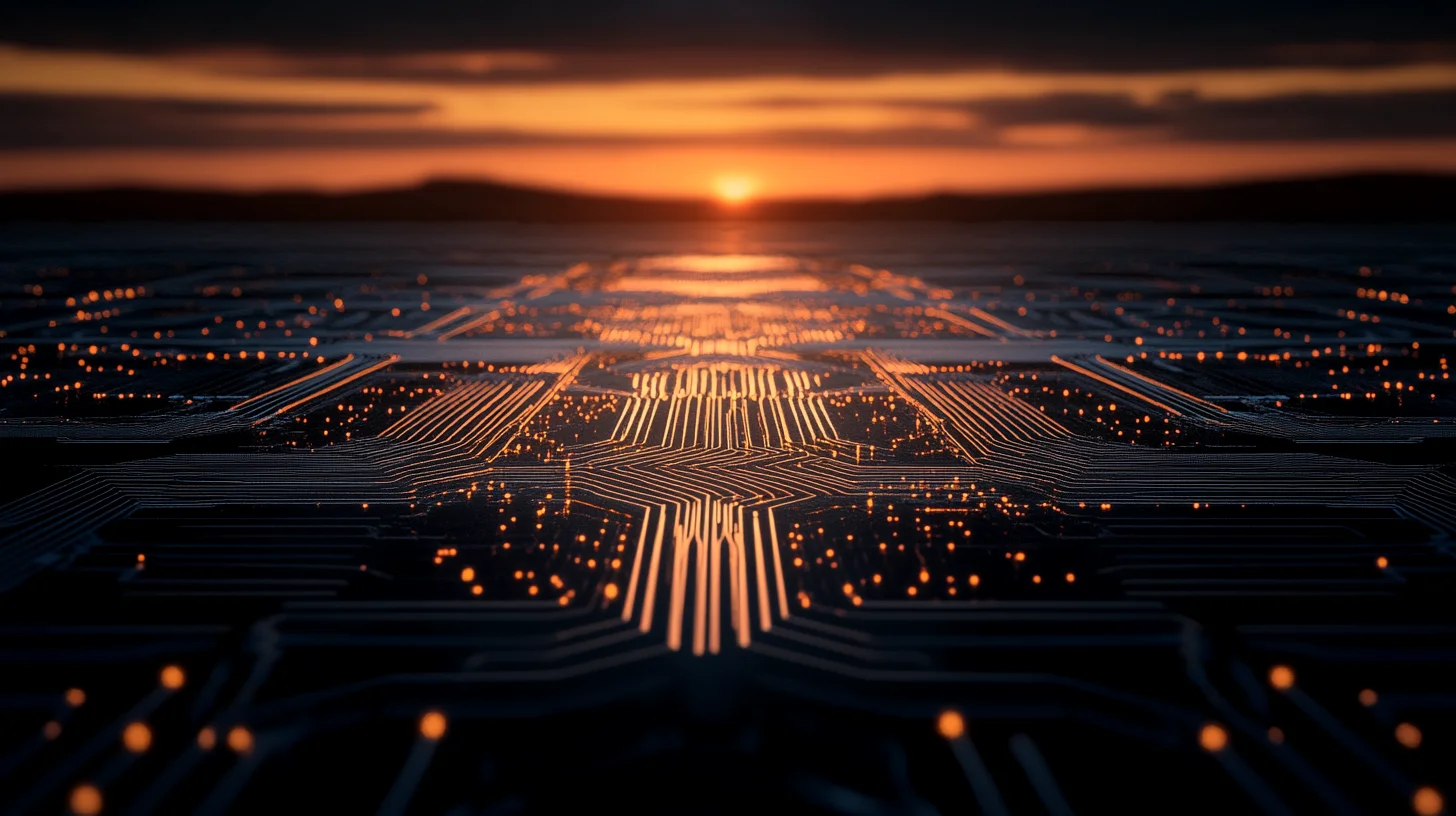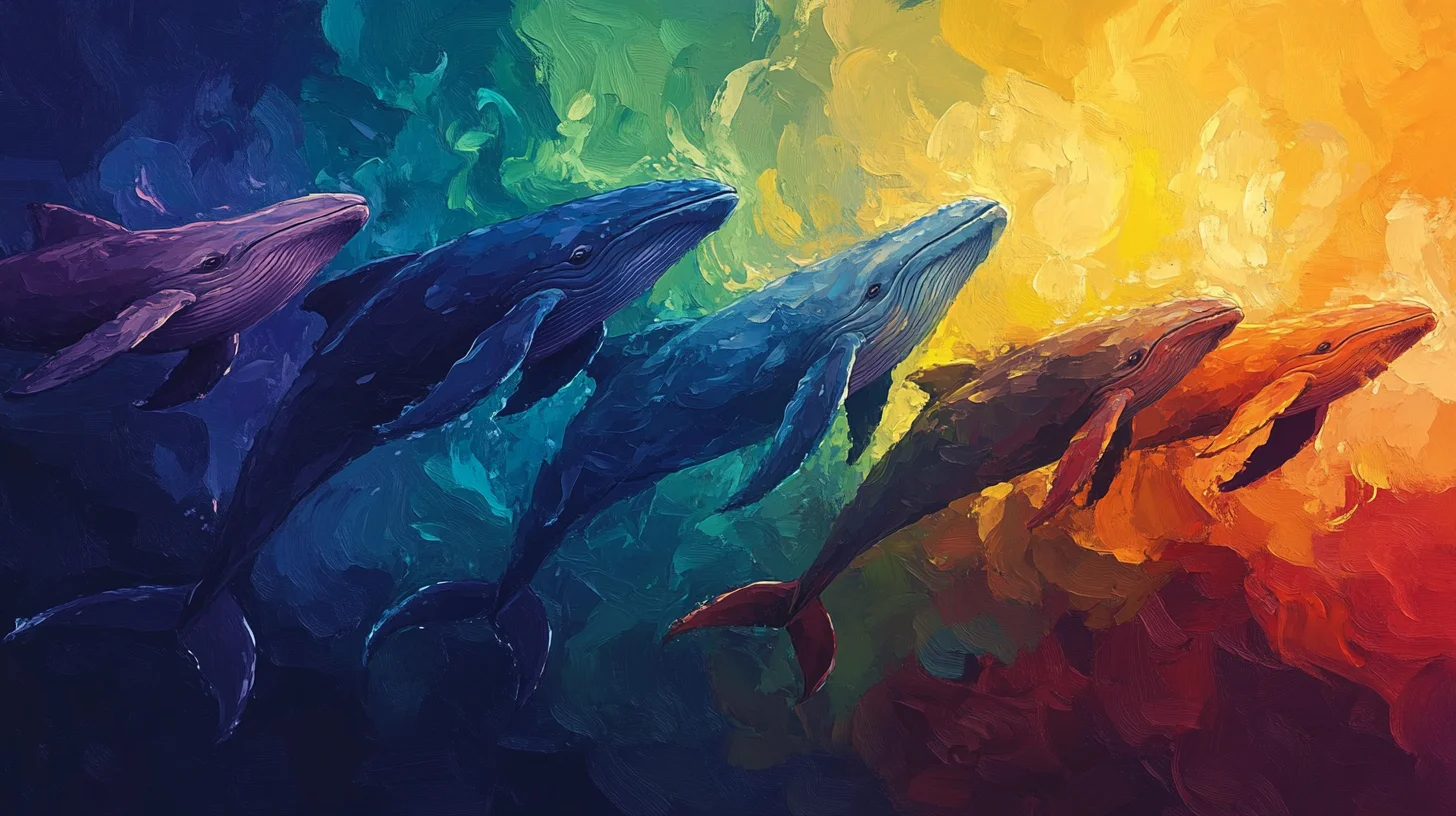Bottom Line Up Front_
Sam Altman’s insights on AI highlight how exponential innovation, cost drops, and small shifts can drive massive impact. This article connects those lessons to the energy sector, showing how we can respond with resilience, creativity, and leadership. As AI reshapes how we work, the challenge isn’t just to adapt—but to lead the transformation.
##
Sam Altman – a leading voice in the tech world and CEO at OpenAI – recently shared “Three Observations” about the astonishing progress of artificial intelligence (AI) (Three Observations - Sam Altman). At first glance, these insights are about AI’s economics and society. But look closer: they carry powerful lessons for us. We live in a region of golden sunlight and desert winds, where innovation isn’t abstract – it’s the solar farm glinting on the horizon and the smart grid systems we deploy every day. Altman’s reflections on rapid technological change, leadership, and adaptability resonate with our mission to provide reliable, clean energy in an evolving market.
Altman reminds us that innovation is a continuum – each generation builds on the last to create tools that improve lives. Electricity, the transistor, the computer, the internet – and soon AGI (Artificial General Intelligence) – each emerged as a tool that once seemed unimaginable. Our own industry’s history reflects this too. The electrification of cities, the rise of renewable energy, and today’s smart grids are part of that “ever-taller scaffolding of human progress.” As we face rapid technological change, shifting regulations, and growing demand for sustainable energy, Altman’s observations provide a hopeful roadmap. They remind us that change, however daunting, is how we build a better world.
Observation 1: The Power of Scale in Innovation
Altman’s First Observation: “The intelligence of an AI model roughly equals the log of the resources used to train and run it… you can spend arbitrary amounts of money and get continuous and predictable gains.” In simpler terms, bigger investments in innovation can yield disproportionately larger results. Just as feeding an AI more data and compute makes it smarter, investing in cutting-edge energy technology – from advanced solar panels to AI-driven grid management – can continuously improve the AI capabilities developed at companies in California.
Observation 2: Rapid Change and Cost Transformation
Altman’s Second Observation: “The cost to use a given level of AI falls about 10× every 12 months… Moore’s law changed the world at 2× every 18 months; this is unbelievably stronger.” In other words, technology is not just progressing – it’s accelerating at an unprecedented rate. Altman notes how AI’s cost of use plummeted (GPT-4’s price per output dropped ~150× in 1.5 years) leading to an explosion in usage. This kind of rapid cost decline and adoption isn’t confined to Silicon Valley; it’s happening here in our energy industry.
The old 18-month cycle of Moore’s Law felt fast—now it’s even faster. Our once slow-moving industry now demands rapid shifts, with mandates like California’s push for 60% renewable energy by 2030 and 100% carbon-free by 2045. This isn’t just policy; it reflects how technology is reshaping expectations. Our challenge—and opportunity—is to ride this wave. Staying agile means continuously updating our skills, systems, and mindset. Altman’s insight reveals a thrilling truth: change won’t slow down. We don’t just adapt once for the next 50 years—we embrace constant evolution, where even five years from now, much will be unrecognizable.
Observation 3: Small Changes, Huge Impacts
Altman’s Third Observation: “The socioeconomic value of linearly increasing intelligence is super-exponential in nature… we see no reason for exponentially increasing investment to stop in the near future.” Here, Altman is marveling at the multiplier effect of innovation. A small improvement in AI’s intelligence can yield outsize benefits to society, which then spurs even more investment and innovation. This idea of super-exponential impact is inspiring – it suggests that every step forward we take can lead to a cascade of positive changes.
What once seemed trivial now drives exponential gains. In a static business model, 1% inefficiencies were ignored—but today’s fast-moving energy landscape turns small optimizations into major advantages. A 1% boost in data quality sharpens analytics, prevents costly errors, and improves decision-making. Smoother hand-offs between systems eliminate minor delays that, when compounded, cause big inefficiencies. In a world of constant change, even the smallest improvements amplify across everything we do.
Navigating Change: Resilience and Adaptability
One of Altman’s most powerful messages isn’t in the numbered list, but in his reflection on how we humans should respond. “The world will not change all at once; it never does… Life will go on mostly the same in the short run… But the future will be coming at us in a way that is impossible to ignore, and the long-term changes… will be huge.” In our context, this is both reassuring and challenging. Day to day, our work may feel familiar – keeping the lights on, serving customers, maintaining equipment. But we know the energy landscape is shifting dramatically over the long term. Altman’s words paint a picture of change that is gradual until, suddenly, it isn’t. We must be ready.
How do we get ready? By cultivating exactly the qualities Altman highlights: “agency, willfulness, and determination”, and recognizing that “resilience and adaptability will be helpful skills to cultivate.” In plain terms, we take initiative, we persevere, and we adapt. Each of us, regardless of role, can practice this adaptability – from a field technician mastering the latest grid automation device to a customer service representative learning to work alongside an AI co-worker. These technologies are coming “eventually [to] feel like virtual co-workers” that amplify what we do. Rather than replace our roles, they can make our work safer, faster, and more impactful – if we are willing to adapt and learn.
Altman also emphasizes that technology like AI will empower individuals more than ever before, acting as “the biggest lever ever on human willfulness, enabling individual people to have more impact than ever before, not less.” Imagine the possibilities: an engineer on our team armed with AI analytics might solve in seconds a grid problem that used to take days, or a planner might simulate dozens of power load scenarios by lunchtime. Empowerment is the key word.
Leading with Vision: Tying Innovation to Our Mission
Human innovation has always risen to the challenge and improved lives. We in the energy sector are doing this today. We are no strangers to innovation. This is the land that pioneered large-scale solar plants in barren deserts and turned arid landscapes into wind farms. Our culture is built on adapting – from managing the first waves of rooftop solar adoption to building EV charging corridors and battery storage sites. Each challenge we’ve faced – be it new carbon-free energy targets or wildfires and extreme weather – has proven our resilience. We’ve adapted, learned, and emerged stronger each time. This is leadership in action. And this is exactly what Altman’s observations call for: technology may change, but the values of leadership, foresight, and adaptability remain constant.
A Call to Action: Innovate, Adapt, and Lead
Standing at the crossroads of technological revolution and our urgent sustainability goals, we have a choice. We can stand still – or we can step forward and lead. Sam Altman’s “Three Observations” challenge us to step forward. They urge us to:
- Innovate Continuously: Be curious and creative. Whether you’re in engineering, customer service, or regulatory affairs – seek out better ways to do things. Small ideas can spark super-sized impacts. Share your suggestions, pilot new approaches, and don’t be afraid to invest time in learning new technologies.
- Adapt with Resilience: Change can be daunting, but it’s also energizing. When faced with new software, new policies, or new market conditions, take it as an opportunity to grow. Lean into training opportunities. Support your colleagues through transitions. As Altman notes, “resilience and adaptability” are skills to cultivate.
- Lead from Every Level: You don’t need “Manager” in your title to be a leader. Leadership is a mindset. It’s taking ownership of the situation you are in, its challenges, and being proactive. It’s also about vision – keeping our mission of reliable, clean energy in focus with every decision. Lead by example in safety, in integrity, and in embracing new ideas. When each of us shows agency and determination, our whole organization becomes more proactive and prepared for the future.
In the spirit of Altman’s optimism, picture the future we are working toward: a future where our company is not just adapting to the new energy landscape, but shaping it. Picture a summer afternoon in 2037 – the California sun at its zenith – where our grid seamlessly weaves together millions of solar roofs, utility-scale batteries, AI-driven demand response systems, and AI “co-workers” assisting our teams to keep everything running flawlessly. In that future, thanks to innovation, a worker armed with advanced tools might accomplish in a day what once took months. Thanks to adaptability, our company might navigate challenges in stride that once might have knocked us back. Thanks to leadership, we remain the trusted provider of light, power, and hope to our communities.
Let’s make that future a reality. The winds of change blowing across our service territory can drive our turbines of progress. The technology that is “coming at us” can be harnessed by us. Altman’s insights remind us that this is our moment to innovate, to adapt, and to lead. As we continue our mission to deliver clean, reliable energy, let’s do so with a mindset that every one of us can be a pioneer. In the face of rapid change, we will not only keep up – we will set the pace. Together, we will innovate. We will adapt. We will lead.






Comments
With an account on the Fediverse or Mastodon, you can respond to this post. Since Mastodon is decentralized, you can use your existing account hosted by another Mastodon server or compatible platform if you don't have an account on this one. Known non-private replies are displayed below.